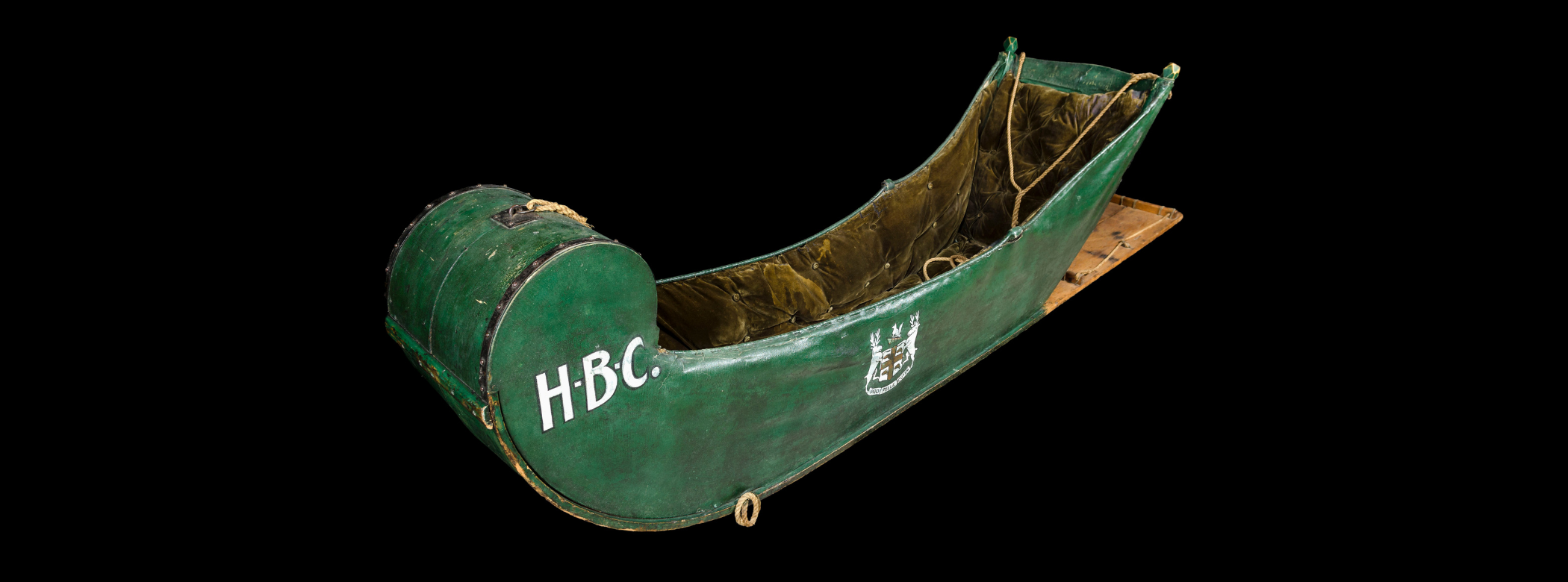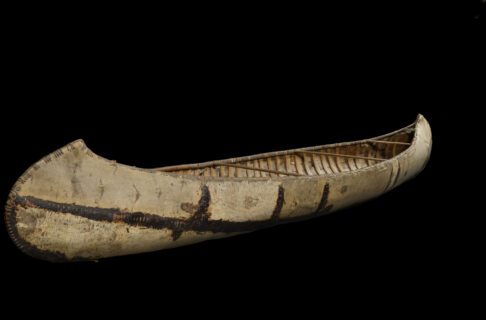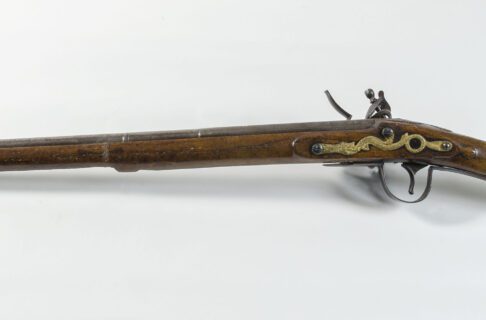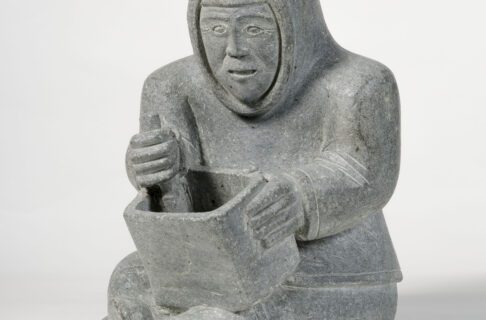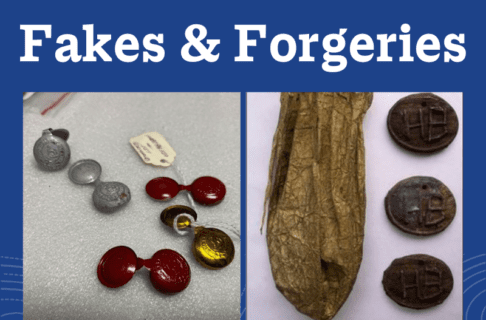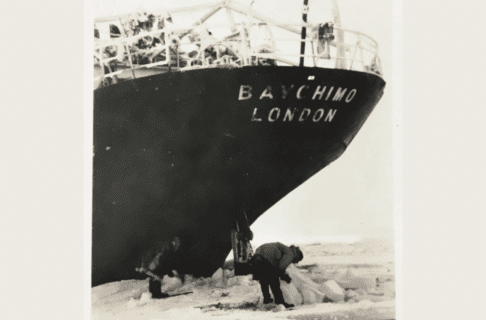In 1994, the Hudson’s Bay Company (HBC), one of the world’s oldest surviving corporations, donated its artifact collection to the Manitoba Museum. The HBC began to acquire historical objects for a new museum in Winnipeg in 1920. Over the years, the holdings grew from a few hundred objects to over 27,000 items. The collection continues to grow through donations from the descendants of fur trading families and other Company employees.
Approximately two-thirds of the artifacts are of First Nations, Métis, and Inuit origin. These objects illustrate both traditional lifestyles and cultural adaptations to the commercial fur trade. While many cultures are represented, most are from the western prairie and subarctic regions. The European/ European-Canadian holdings tell the Company’s story in the forms of furnishings from the head office in London, England; commemorative medals; trade goods; and objects related to navigation, exploration, and some retail activities. Many artifacts reflect the legacy of fur trade employees whose daily activities bring to life the history of the fur trade in Canada.
Our search for the fascinating stories associated with the artifacts takes us to libraries, to other heritage institutions and private collections, and to archives where we study original letters, correspondence journals, maps, photographs, and films. Our research activities reach out to Indigenous Elders and Knowledge Keepers who help us identify cultural objects, to fur trade historians, to descendants of fur trade families, and to those who were part of the 20th century fur industry. With their assistance, we will continue to fill in the important gaps in the collection with knowledge and future acquisitions.
The Manitoba Museum is proud to partner with York Factory National Historic Site for a future exhibit refurbishment project.




